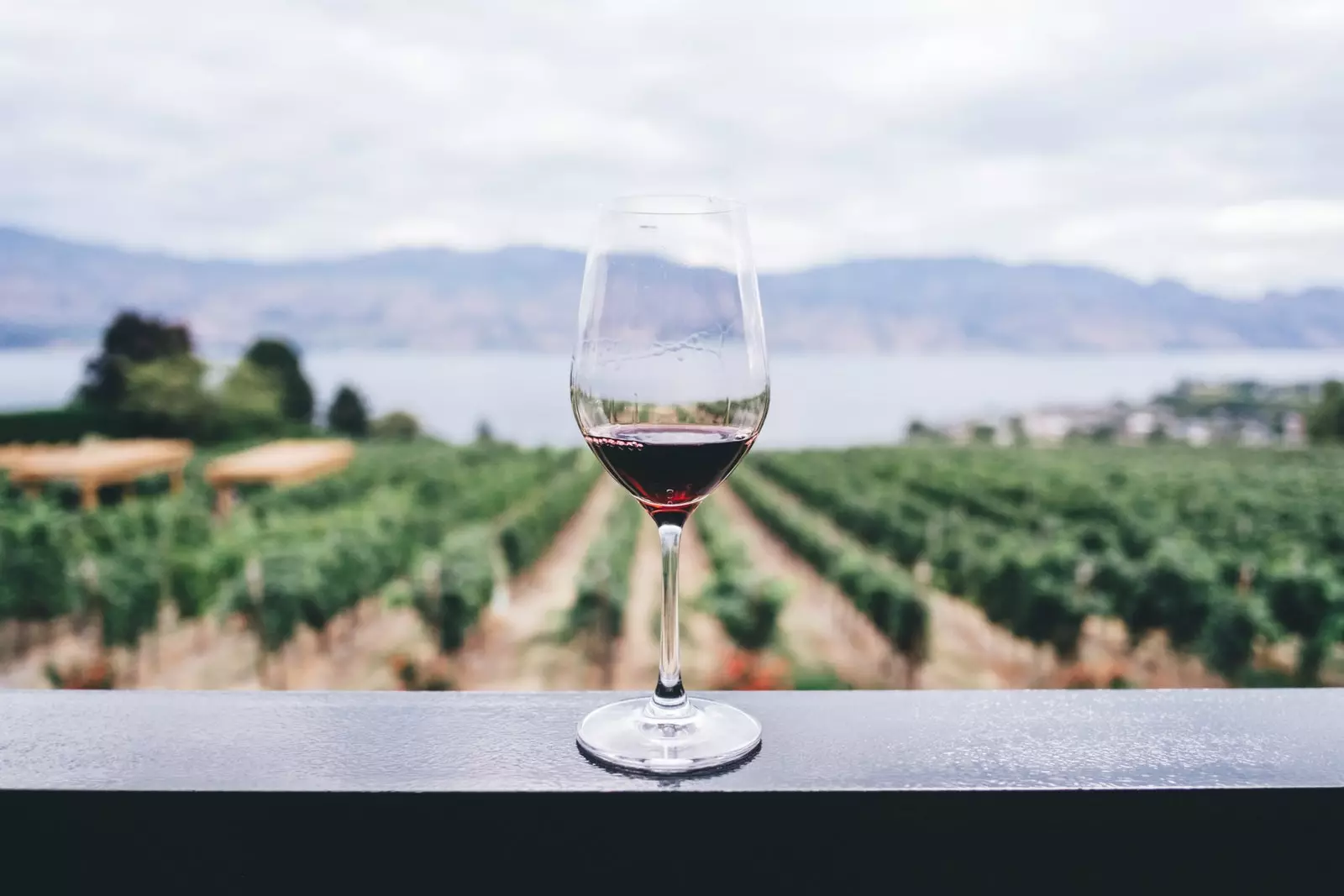
Learn these 11 oenological concepts to start enjoying wine.
Be careful, they are not just tasting terms, but words that bring you closer to wine as a match point or an unforced error to tennis or a playoff to basketball. You have to know them and you will enjoy wine more and better, if you know what you are talking about. And some advanced students who already know these concepts tell you about it.
ACIDITY
It is a quality that is identified in the same way as in other foods or drinks, but in wine, when it is present, provides balance, freshness, a feeling of lightness and, furthermore, it is an essential condition for the longevity of a bottle.
“Acidity is the spark of wine, the spark of life. Like humor, who doesn't like acid humor? Literally the spark. What makes wine vibrate, what cools the heat of alcohol, and that it is basic for what they call 'bability'. By the way, what is 'bebility'?” asks Jimmy, who knows a bit about heartburn. That of the drinkability we leave it for another article, dear ones.

The acidity of the wine is essential for what they call 'drinkability'.
TO NOTHING
It is the year that appears on a bottle of wine and indicates the date on which the grapes with which it has been made were picked. It is important because it gives clues as to what you will find in the bottle. Excellent vintages in the area where the wine is made will give, if nothing bothers it, exceptional quality wines and vice versa, complicated vintages can produce a regular content in the bottle.
In Bordeaux, for example, wines cost according to the quality of the vintage, which is decided by a group of experts before they are released on the market. “The vintage is also the state of mind of those involved in wine”, says Santi, since, ultimately, the harvest is where everything that a viticulturist and a winery experiences over the course of a year is concentrated.
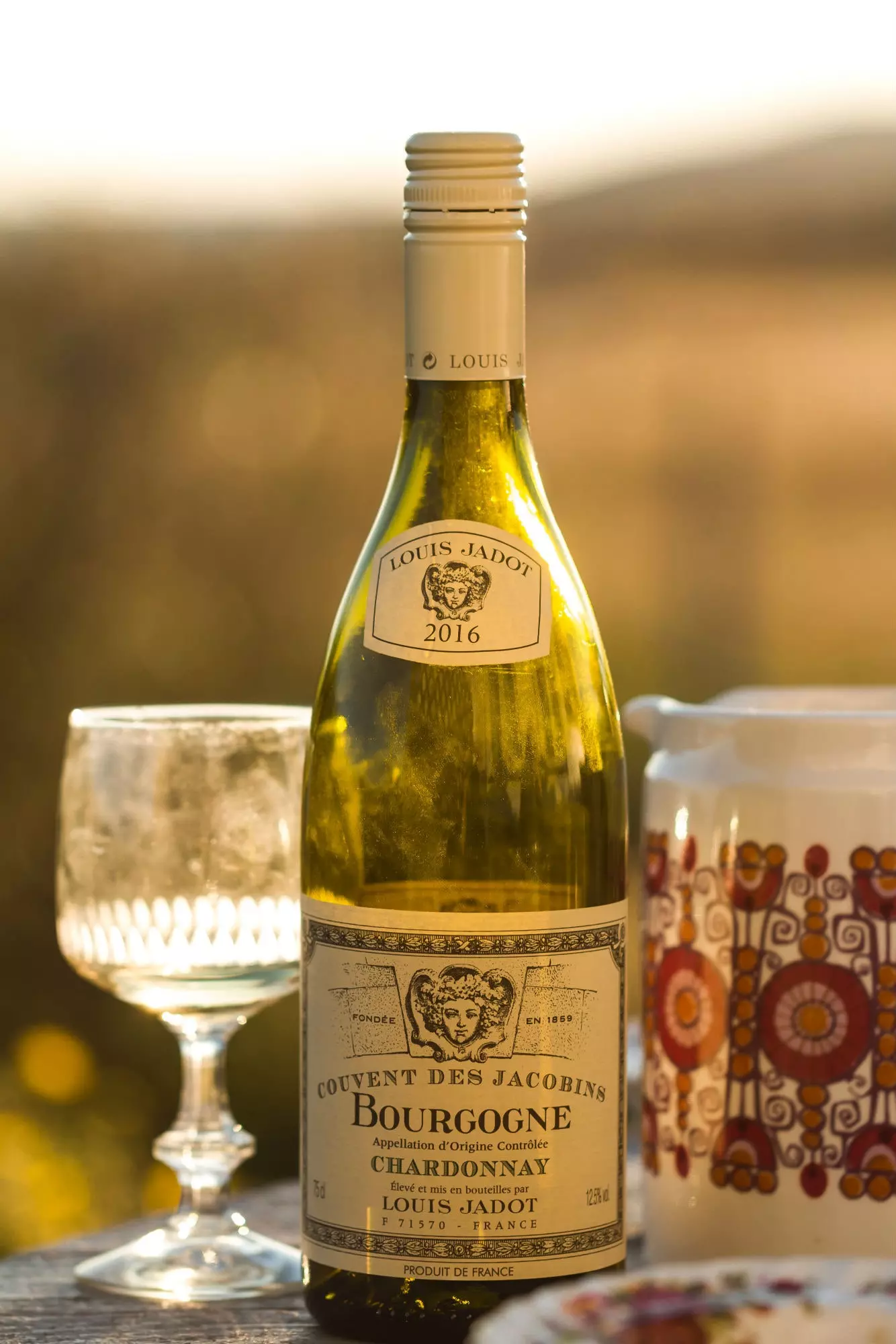
The vintage indicates the date on which the grapes used to make the wine were picked.
BRUT NATURE
This French 'word' simply refers to the amount of added sugar in a bottle of sparkling wine. That is, at first glance it indicates whether it will be drier or sweeter, although later all this can be perceived in different ways due, for example... to acidity.
Brut nature indicates that this wine contains at most three grams of sugar per liter, but it can contain none and maintain its original character, literally unsweetened. As the amount of sugar increases, the sparkling wines go through the categories of extra brut, brut, extra dry, dry, semi-dry and sweet.
Álex comments: “if I see a cava labeled as brut nature I know that has had a more careful elaboration, looking for elegance and complexity (even if the goal has not been achieved later), and not trying to attract a wider audience. It inspires me more confidence, definitely”.

Brut nature indicates that the elaboration of the sparkling wine has been more careful.
COMPLEXITY
Here we have a 'word-bone'. Defining complexity in a wine is... complex, because it really it has a lot to do with the conditions in which you try it and your own perception. But, to limit it, we can say that a wine has it when, from the moment you smell it, that is a non-stop of aromas, fruits, herbs, spices, earthy notes, wood... come on, endless stimuli for your nose, that make you lose yourself in a delicious walk through the vineyard and the winery.
For José Ramón, "complexity is expressed as a sum of nuances or sensations and is closely linked to the variety and quality of the grape, the type of production and the time in the bottle".
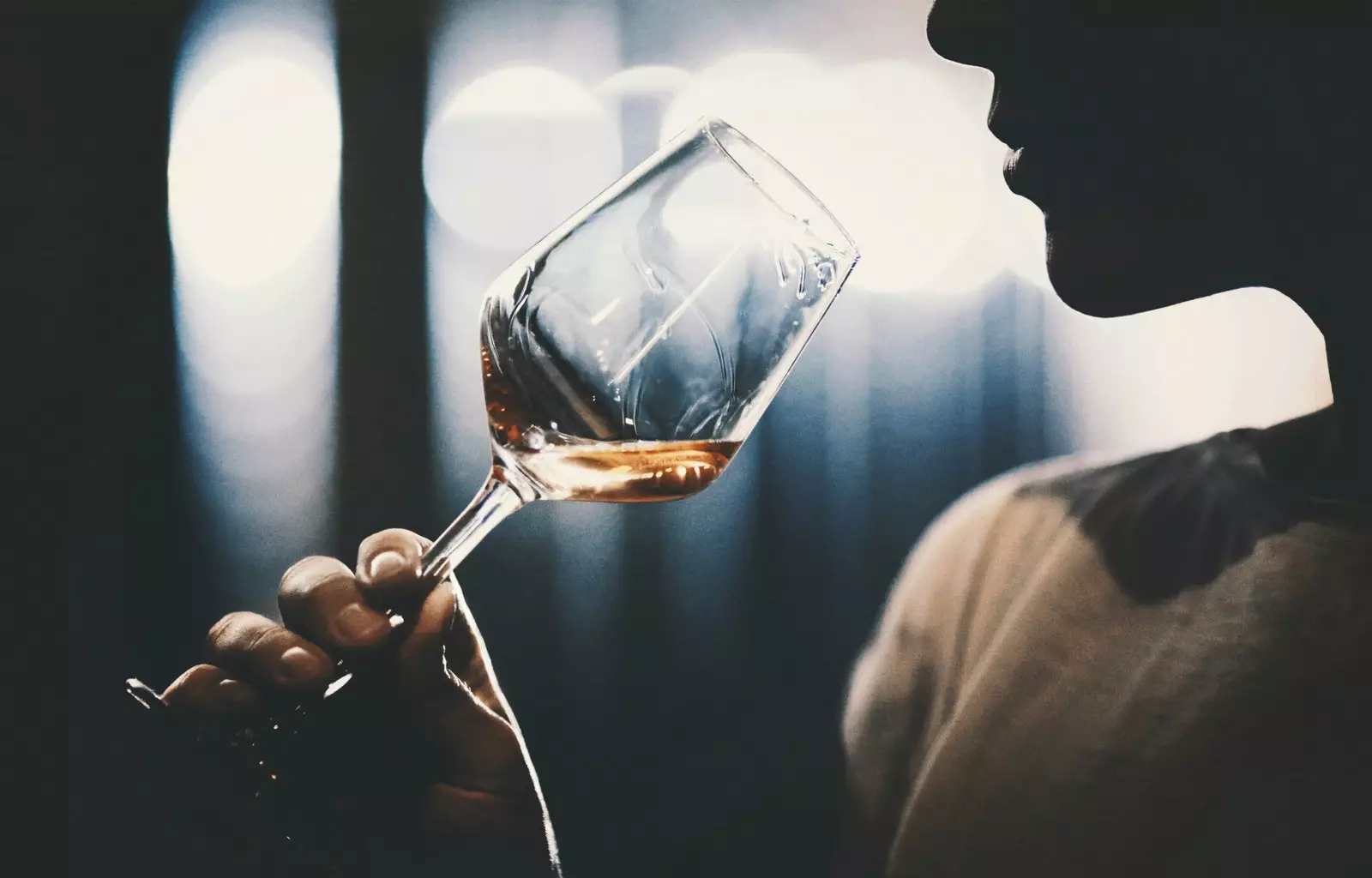
The complexity of wine is a very complex aspect... but start by using your nose.
APPELLATION OF ORIGIN
oh! Controversial term, not because it is not clear what it means, but because the Spanish appellations of origin are experiencing a hectic moment. But for you to be clear, the Denomination of Origin is a delimited territory in which a wine is produced, and that does not necessarily coincide with a specific autonomous community, province or town.
With their regulations and yoke, they dictate a series of rules that any wine that wants to carry that claim on its back label has to comply with, but Not availing yourself of a DO does not imply producing wines of lower quality, without typicity or without authenticity with respect to the origin.
For Pilar, “a DO should be an objective headquarters from which the quality of the wines from that area is regulated, maintaining the history, typicity, etc; so that it lasts over time and gives pride to its land and member wineries. And that all together under an umbrella of quality and authenticity go out into the world.”
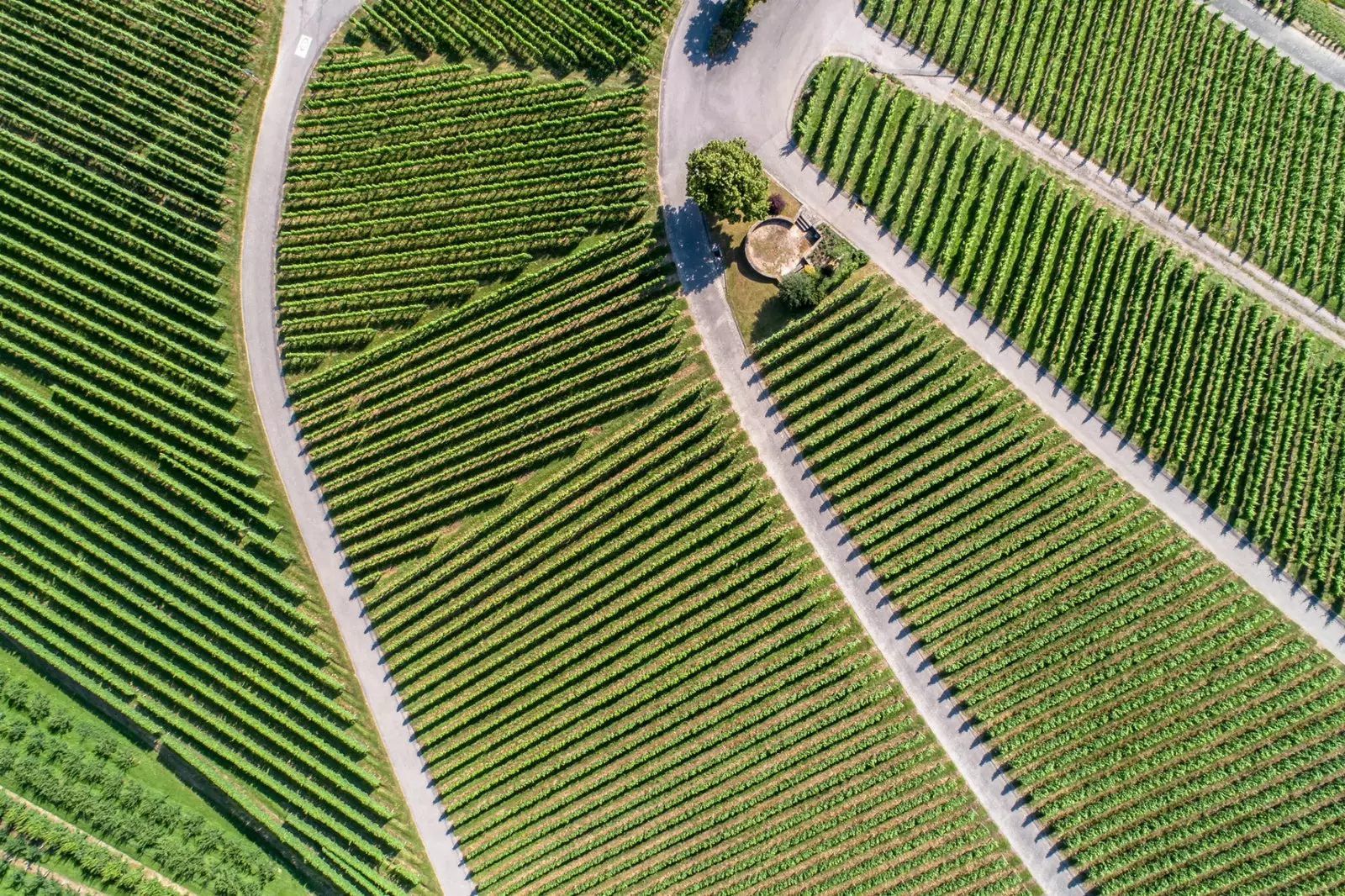
The DO is a delimited territory with its own regulations in which a wine is produced.
FRESHNESS
This term needs little explanation because it is something that you will perceive when smelling or tasting a wine, although it is necessary to clarify that It does not refer to the temperature at which it is served, but to that refreshing sensation that the wine leaves in the nose or mouth. It may be because of the acidity, because the wine is light, because it has menthol or balsamic touches that lighten the general sensation that it provokes when you drink it...
freshness is always nice and, increasingly, an attribute that is sought in wines made in any area, from Jumilla to Ribeira Sacra. Another thing is that it is achieved with greater or lesser success, because not all areas allow wines to be equally fresh.
Roseta perceives freshness as something related “to the sensation of acidity that it leaves in my mouth. For me, fresh wines are vibrant, cheerful... those that make you want to keep drinking”.
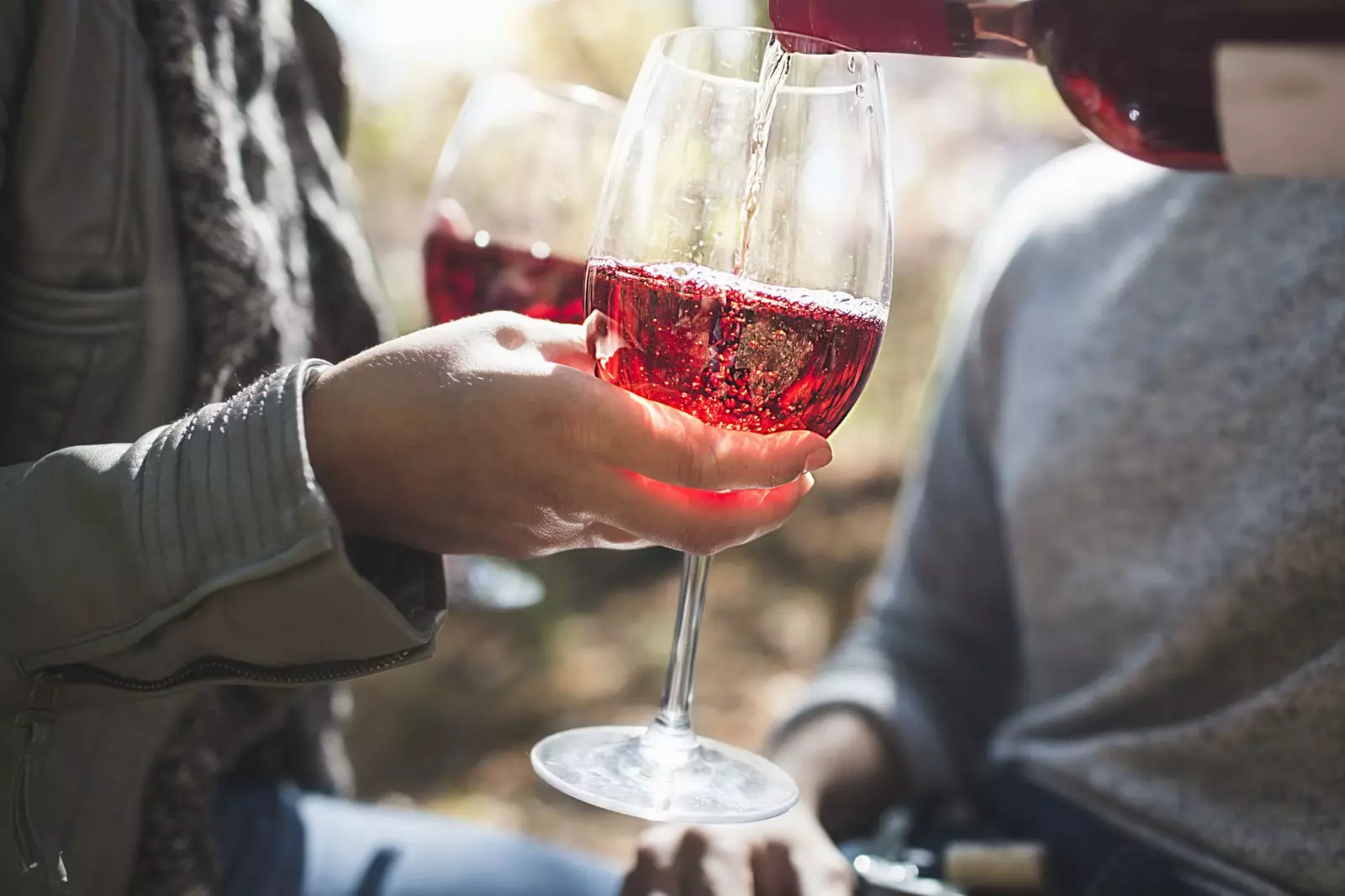
The freshness has nothing to do with the temperature of the wine.
minerality
It's like witches, it doesn't exist, but there is, there is. Another thing is the origin of this sensation in the wine. Because when you smell or drink a wine, for example, from Priorat, or Ribeira Sacra or Gredos, you will be able to notice certain aromas and flavors that remind you of granite, slate, flint... That, that fresh part that is neither fruit, nor wood, nor flowers, is most likely minerality.
Winemakers like Pepe Hidalgo demystify that these sensations come from the soil where the grapes are grown, but even so, you can perceive them in many of the wines you taste. In addition, oenologists and winemakers from many regions defend that Certain grapes, such as Grenache, Pinot Noir, Mencía... are true sponges of the nuances of the land. Also from that mineral part? Let's leave it to the magic of wine.
Sonia, for example, believes that minerality develops more with vinification than with terroir, something that she does not consider negative, and she believes that mineral wines "are longer, with an austerity that attracts".
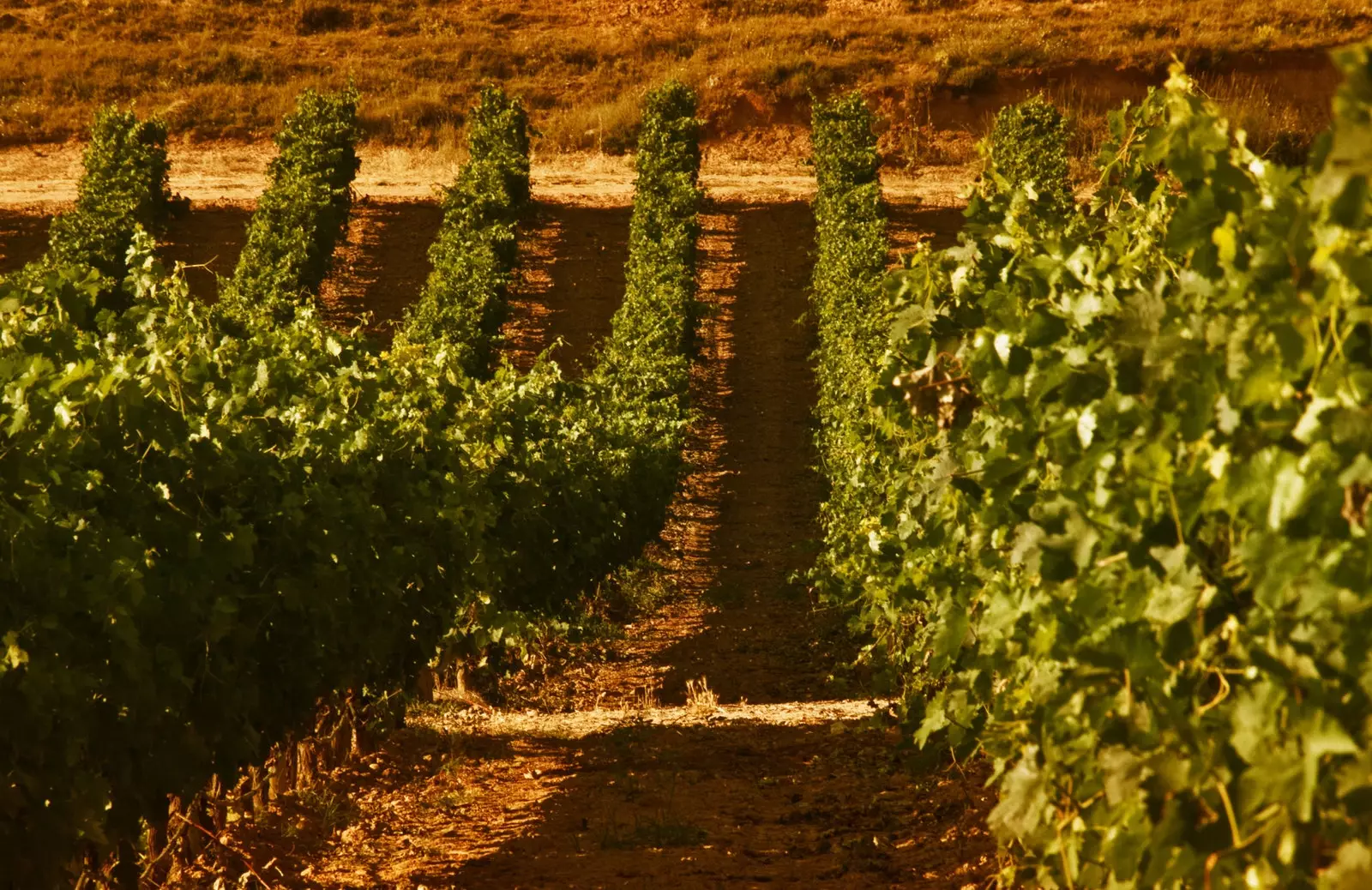
Some experts say that the minerality has to do with the terrain, others, however, do not think so.
SCRATCH
Lately we are seeing quite a few wines –and many producers– that they have lost their fear of saying that they ferment part of the must “with stems”. That scrape, so said, can sound like something that scrapes or that will make the wine pass like an elephant through pottery on our palate.
But the stem is something as natural as the grape itself, since the word refers to the woody part of the bunch. When it is mixed in the production with the grapes, it is with the intention of providing freshness and vegetable touches that are not very marked, pleasant, as well as tannin (which I explain a little further down) when the vintage is not sufficiently balanced. It is essential condition that it is mature, because if not the result will be an unpleasant wine to drink.
Alberto assures me that "without being a #scratchlover at all... I think it provides acidity, tannin and astringency. In the mouth, the wine has a little more sparkle and transmits vegetal sensations to me, and in a certain way I perceive rusticity”. Yes, and with “rusticity we have another term to define… which I will leave for another installment.
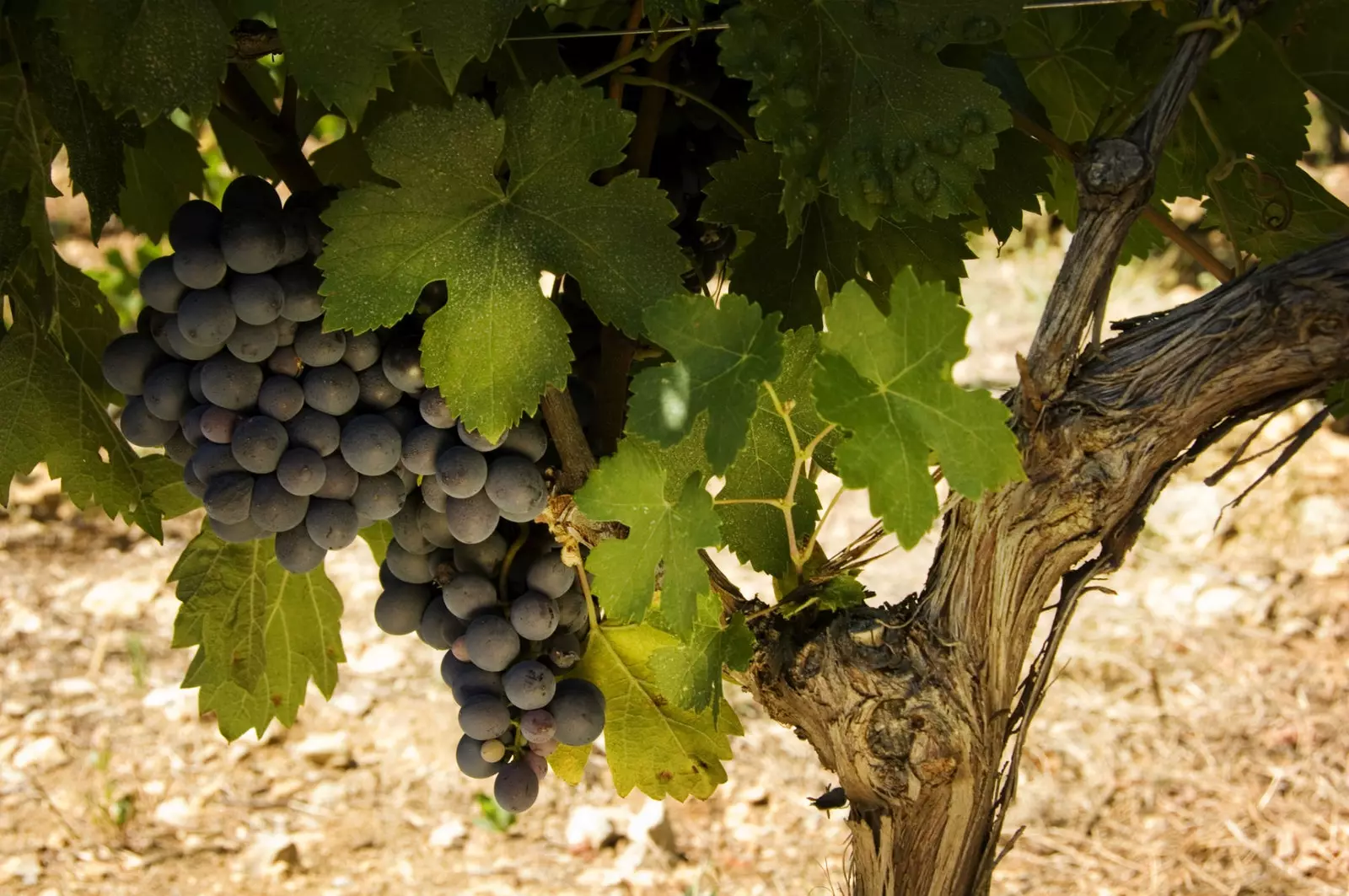
Scratch no longer scares crafters.
SULFITES
Among wine lovers, it is one of the buzzwords… and one of the most debated. Debates that last hours, days... Sulfites, which you will see on wine labels, because are listed as allergens, they are indicated when they are present in the wine up to a maximum of 300 milligrams per liter (which is not usual at all, the levels are getting lower and lower).
They can be defined as sulfur compounds that are part of bottled wine, either because they are added to treat the vineyard (sulfur is an antibacterial that the Romans already used and that most fruits and vegetables carry), they are generated during fermentation or they are incorporated during bottling to make the wine more stable. and immune to contamination.
Sulfite is health in wine as long as it is measured and you are not allergic, of course. Tao is in no doubt: “Sulphites are the tool to preserve the terroir in the bottle”.
TANNIN
It's the word. The one you hear often but you have no idea what it means but you are curious to know every time you hear it. I'm going to please you, since tannin is a necessary concept if you want to start talking about wines properly.
By the principle: a tannin is, generically, a substance, a component of the grape that is found in the stem, the skin and the seeds. Tannin is responsible for many of the aromas you find in a wine, but also its color. It gives our beloved liquid structure, which is necessary if the wine is to endure the passage of time in the bottle, and in the mouth it is perceived as a sensation of a certain astringency when they are not yet very tamed or are excessive: we say that the wine is tannic when there are tannins to export in the wine, something that usually happens with an excess of barrel aging or because the tannins it provides are too rough.
Tannin is longevity, structure, pleasant tactile sensation, if they are balanced with the rest of the flavors and textures of the wine. Carmen has some great words to define them: “The scratchy things that nibble your tongue as you pass the wine of life”. I leave it there.
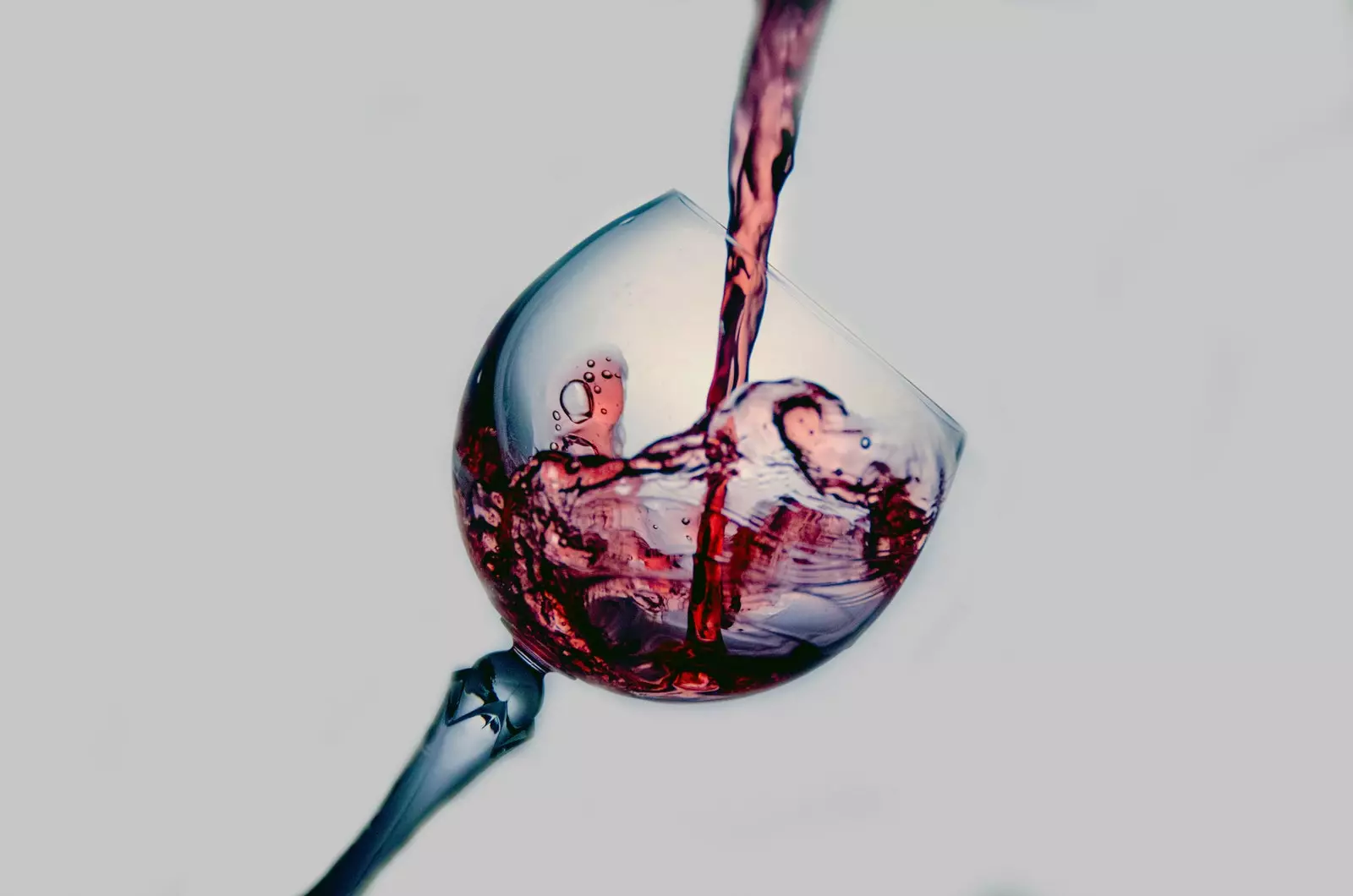
Repeat after me: TA-NI-NO.
TERROIR
This French word is also one of the most debated, especially when it comes to considering what is and what is not terroir. It is impossible to find a term in Spanish that encompasses what is in French, so we winelovers import it without problems (as we do with other French things, deep down we are almost all a bit Francophile).
Terroir alludes to a set that forms a certain terrain, the land, the soil, the vineyard and the vegetation and fauna that surrounds it, together with the grape varieties that are grown there, the climate that influences that territory and the hand of the man or woman who works in that place. It is a whole, it is not worth separating components, and it is not worth overtaking on the right, equating terroir with soil. Terroir is a synergy, a sum of elements with unique characteristics.
Terroir is, according to Rodrigo, “what makes a place magical and that should be noticeable when drinking the bottle. It doesn't have to be the best, the most academic or the most perfect, but it has to be what makes that site different. There may be terroir in one plot and not in the one next to it (They know this in France, here you still have to learn it) . It is what makes a magical place and it has to be noticed, but I insist, it is not necessarily the best thing”. And is that imperfection can have much more charm, right?
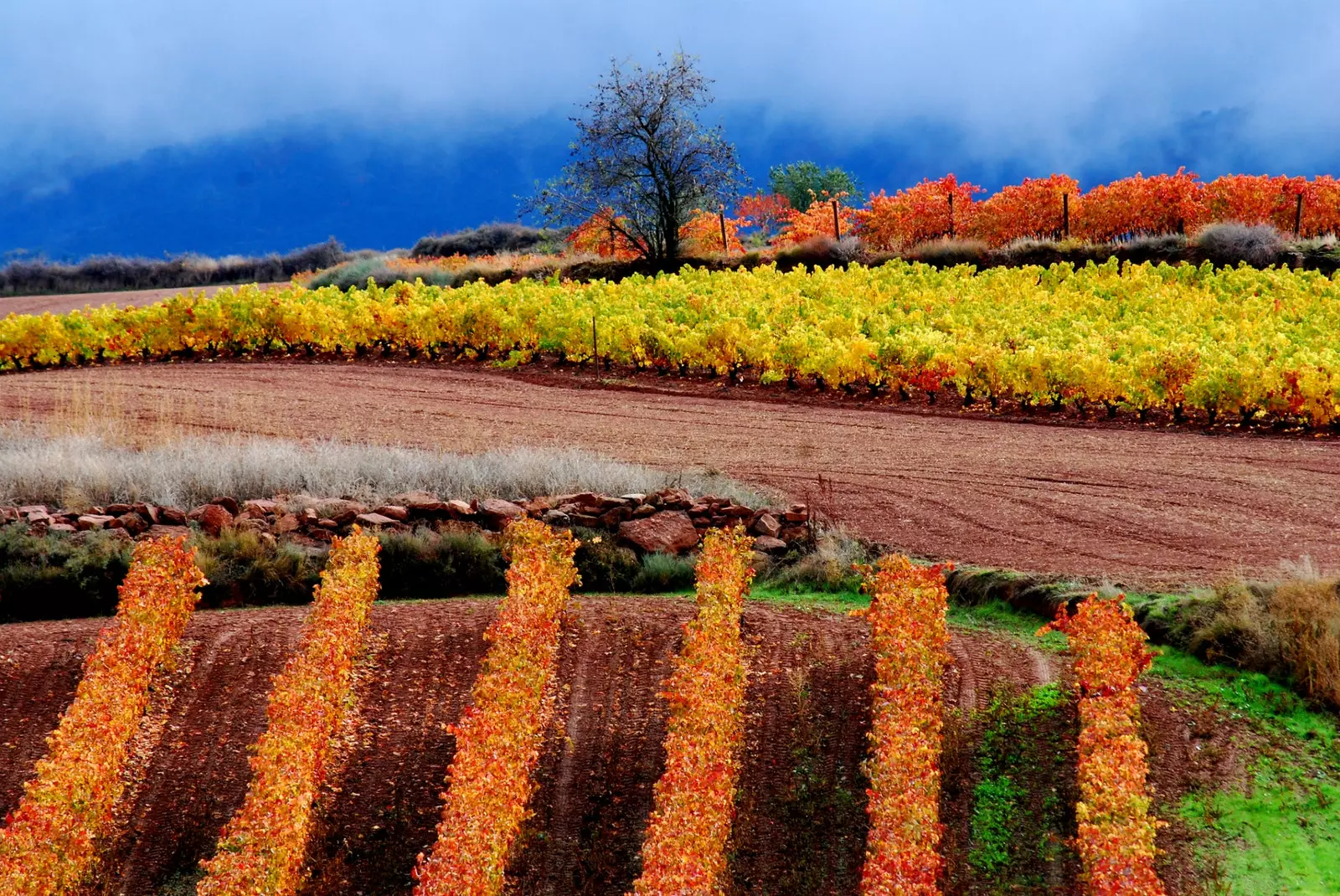
There may be terroir in one plot and not in the one next to it.
